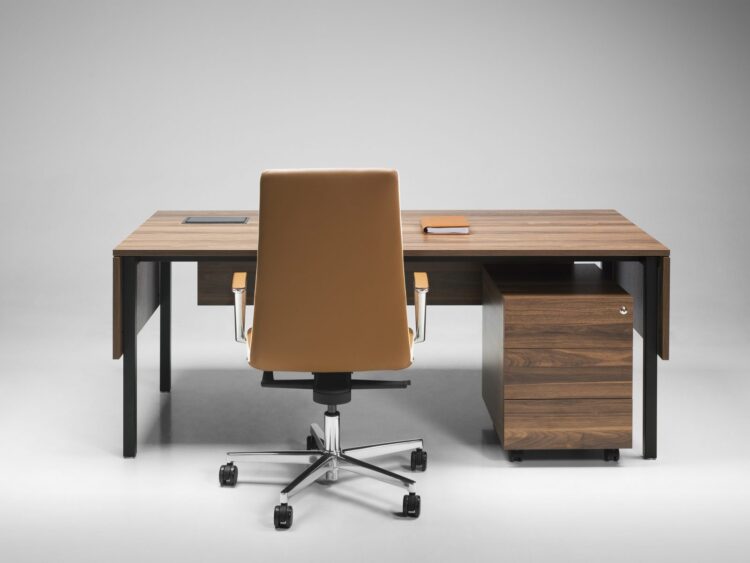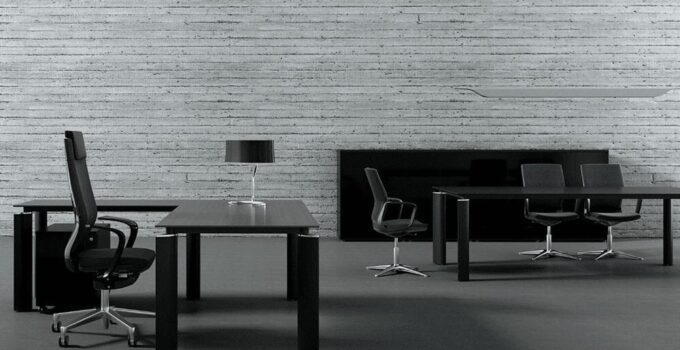Are you setting up a new office but are struggling with the design? Whether you’re starting from scratch or revamping an existing space, designing an office can be a daunting task, especially if interior space design is not your forte.
But don’t worry, you don’t need to be an interior designer to create a functional and aesthetically pleasing workspace.
In this beginner’s guide, we’ll walk you through the key steps to designing an office that meets your needs and reflects your brand.
From determining the layout to selecting a small office couch and decor, we’ll cover everything you need to know to get started.
So, continue reading to learn how you can create an office space that inspires productivity and creativity!
Page Contents
Choose a Design Style
The first step in designing your office space is to choose a design style that suits your taste and needs.
There are several design styles to choose from, including modern, traditional, or something in between. Each style has its unique characteristics, and it’s crucial to choose one that aligns with your personality and the nature of your work.
Modern design is known for its clean lines, minimalism, and simplicity. It’s an excellent choice if you’re looking for a sleek and minimalist look. This style features neutral colors, such as white, black, and gray, and incorporates natural materials like wood, stone, and metal.
On the other hand, traditional design is known for its warmth, elegance, and classic charm. This style features rich colors, such as burgundy, navy blue, and forest green, and incorporates ornate details like moldings, coffered ceilings, and chandeliers.
Ultimately, the key to choosing a design style is to select one that aligns with your personality and the nature of your work.
Choosing the Right Furniture Pieces for Your Office

Source: decorhubng.com
Furniture selection is crucial in creating a functional and comfortable workspace, and you must choose pieces that are both stylish and ergonomic.
Start with the essentials, such as a desk, chair, and a small office couch. Your desk should be spacious enough to accommodate your work essentials, such as your computer, stationery, and other equipment. It’s also essential to choose a desk that matches your design style. For example, if you’re going for a modern look, opt for a sleek and minimalist desk.
Your small office couch needs to be comfortable and ergonomic, providing adequate back support and adjustable height. Try and find one with adjustable lumbar support and armrests if possible.
Mind Your Lighting
Lighting is an essential aspect of office design. It can affect your mood, productivity, and overall well-being.
Try and make the most out of natural light as you can by positioning desks near a window. Natural light is known to boost productivity, reduce eye strain, and improve mood.
If you don’t have access to natural light, you might use desk lamps and overhead lighting with bulbs that mimic natural light. Look for bulbs with a color temperature of 5,000K to 6,500K, which is similar to natural daylight.
In Conclusion
Designing an office space can be both exciting and overwhelming. However, with the right approach and guidance, you can create a workspace that is both functional and aesthetically pleasing.
Just don’t forget to budget for your office design project and incorporate a bit of decor and accessories to make your office feel more inviting and welcoming.




